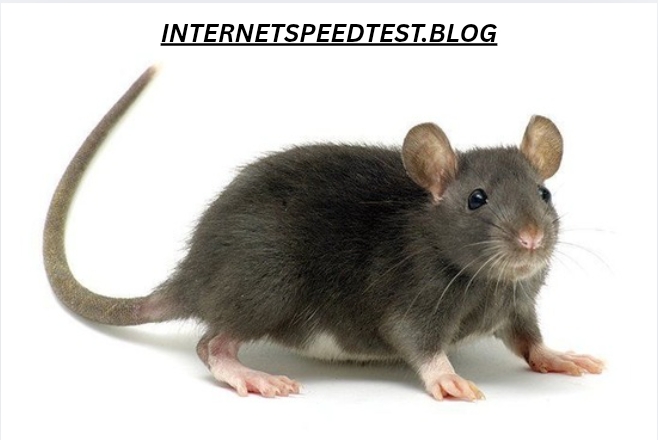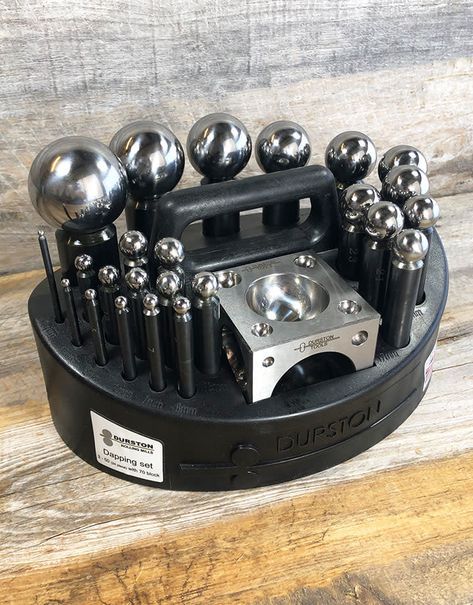Introductio
Among the most fascinating small pets in the rodent family, the silk angora mouse tricolor stands out for its unique coat, personality, and rarity. These mice are not only admired by breeders but also cherished by enthusiasts who value exotic and delicate animal companions. With their luxurious silky fur, long angora texture, and eye-catching tricolor patterns, they embody beauty and uniqueness in the world of fancy mice.
This article will explore everything about the silk angora mouse tricolor—from its origins and genetics to care requirements, breeding, health, and why it has gained so much popularity among small animal lovers.
What Is a Silk Angora Mouse Tricolor?
The silk angora mouse tricolor is a specialized type of fancy mouse bred for three distinct qualities:
- Silk coat texture – a smooth, glossy appearance that looks soft and shiny.
- Angora length – longer-than-average fur, giving the mouse a fluffy, almost rabbit-like look.
- Tricolor pattern – a mix of three colors, often in patches or marbled forms, making each mouse visually unique.
Because of these combined features, silk angora tricolor mice are considered rare and sought after by breeders and collectors.
History and Origins of Angora and Tricolor Mice
The concept of breeding fancy mice dates back centuries, particularly in Japan, China, and later in Victorian England. Breeders selectively developed traits such as coat texture, length, and color patterns.
- Angora Trait: Borrowed from the name of the famous long-haired Angora rabbit, the angora trait in mice was established by selective breeding for longer fur.
- Silk Trait: Silk-coated mice were discovered when breeders noticed some offspring had a smoother, shinier coat.
- Tricolor Pattern: Tricolor mice are genetically complex, involving piebald genes and color layering that allow three distinct shades to appear.
When these traits were finally combined, the silk angora tricolor mouse was born—a truly rare blend of beauty and genetic skill.
Physical Appearance and Characteristics
Coat Quality
- Silky Texture: Their coat reflects light in a soft, glossy way.
- Angora Length: Fur is longer than typical fancy mice, sometimes requiring extra grooming.
- Tricolor Design: Patches of white, black, and tan/brown (sometimes other variations) appear across their body.
Size and Build
- Typically small, weighing 20–40 grams.
- Body length: 6–9 cm, with a tail often equal to body length.
Facial Features
- Small, rounded ears.
- Large, curious eyes—sometimes ruby or black depending on genetics.
- Whiskers that appear more prominent due to the fluffy fur.
Temperament and Behavior
Silk angora tricolor mice are not just attractive; they also have lively and engaging personalities.
- Curious and Active: They love exploring cages, climbing, and nesting.
- Social Nature: Females do well in groups, while males can be territorial.
- Gentle but Fragile: They can be tamed with patience, but their delicate build means handling should be careful.
Compared to regular fancy mice, these tricolor angoras may be slightly calmer due to their selective breeding, though personality still varies by individual.
Housing and Habitat Needs
To ensure the health and happiness of a silk angora mouse tricolor, proper housing is essential.
Cage Setup
- Size: At least 60 x 40 x 30 cm for a small group.
- Material: Glass tanks with mesh tops or high-quality wire cages.
- Bedding: Use dust-free paper or aspen shavings; avoid pine/cedar.
Enrichment
- Wheels for exercise (solid surface to prevent injury).
- Tunnels and tubes to mimic burrows.
- Nest boxes filled with shredded paper for comfort.
- Climbing structures for physical activity.
Temperature and Humidity
- Ideal temperature: 20–24°C.
- Keep away from drafts and direct sunlight.
- Avoid damp environments that may affect their delicate fur.
Diet and Nutrition
A balanced diet is crucial to maintaining their coat quality and overall health.
Staple Diet
- High-quality rodent pellets as the main food source.
- Seeds and grains for variety (avoid too much fat).
Fresh Additions
- Vegetables: Carrots, broccoli, cucumber.
- Fruits: Apple slices, berries (in moderation).
- Protein: Boiled egg, mealworms, or small pieces of cooked chicken occasionally.
Water
- Always provide fresh water in a sipper bottle to prevent contamination.
Proper diet enhances their silky angora fur, making it shinier and healthier.
Grooming and Maintenance
Unlike short-haired mice, the silk angora tricolor requires occasional grooming.
- Brushing: Use a soft toothbrush or small animal brush to prevent tangles.
- Spot Cleaning: Long fur can collect debris; gently clean with a damp cloth if needed.
- Cage Hygiene: Clean weekly to prevent buildup of odors and bacteria.
Breeding the Silk Angora Tricolor Mouse
Breeding Challenges
Combining the angora, silk, and tricolor traits requires careful planning. Breeding is not guaranteed to produce perfect offspring, as genetics are complex.
- Angora Gene: Recessive trait—both parents must carry it.
- Silk Gene: Dominant or co-dominant depending on line.
- Tricolor Pattern: Requires specific piebald and spotting genes.
Litter Size
- Average litter: 6–12 pups.
- Gestation period: 19–21 days.
Breeding Ethics
- Only breed when experienced.
- Avoid inbreeding to prevent health issues.
- Ensure homes for all pups before breeding.
Health Concerns
Like other fancy mice, silk angora tricolor mice are prone to some health conditions:
- Respiratory Infections: Often caused by dusty bedding or drafts.
- Skin Problems: Fur mites or fungal infections may affect long coats.
- Tumors: Common in older mice.
- Overheating: Long angora fur can make them more sensitive to heat.
Lifespan
- Average lifespan: 1.5 to 3 years.
- With excellent care, some live slightly longer.
Why Are Silk Angora Tricolor Mice So Rare?
Several factors contribute to their rarity:
- Genetic Complexity – Combining silk, angora, and tricolor traits in one mouse requires multiple generations of selective breeding.
- Small Breeding Community – Only specialized breeders focus on this variety.
- Delicate Nature – They require more care than standard fancy mice.
As a result, these mice are not usually available in pet stores and are often purchased through breeders or mouse clubs.
Cost and Availability
The price of a silk angora mouse tricolor depends on location, breeder reputation, and availability.
- Standard Fancy Mouse: $5–$15.
- Angora or Silk Mouse: $20–$40.
- Silk Angora Tricolor: $40–$100 or more due to rarity.
Breeders often maintain waiting lists for these mice, and buyers must sometimes travel to obtain them.
The Appeal of Silk Angora Tricolor Mice
These mice have a charm that goes beyond their physical beauty.
- Show Animals: Often entered in mouse shows and competitions.
- Pets: Loved for their unique appearance and gentle personality.
- Collector’s Choice: Many enthusiasts keep them as part of rare collections.
Ethical Considerations
While owning rare pets is exciting, it is important to think about ethics.
- Avoid supporting unethical breeders who neglect animal welfare.
- Ensure mice are bred for health, not just appearance.
- Commit to providing a long-term, comfortable home.
Comparison: Silk Angora Tricolor vs Other Fancy Mice
| Feature | Standard Fancy Mouse | Angora Mouse | Silk Mouse | Silk Angora Tricolor Mouse |
|---|---|---|---|---|
| Coat Length | Short | Long | Medium | Long & Silky |
| Coat Texture | Normal | Fluffy | Smooth | Fluffy & Glossy |
| Color Pattern | Varied | Varied | Varied | Always Tricolor |
| Rarity | Common | Rare | Rare | Very Rare |
| Cost | Low | Medium | Medium | High |
Tips for First-Time Owners
- Start with Standard Fancy Mice before advancing to silk angora tricolor mice.
- Join Mouse Clubs to learn from experienced breeders.
- Invest in Proper Housing—long-fur mice need clean, enriched cages.
- Be Prepared for Extra Grooming compared to short-haired breeds.
- Purchase from Reputable Breeders only.
Future of Silk Angora Tricolor Breeding
Breeders are continuing to refine the genetics of these mice. Goals include:
- More consistent tricolor patterns.
- Healthier angora lines with fewer grooming needs.
- Wider recognition in fancy mouse shows.
As awareness grows, it’s possible silk angora tricolor mice will become more available, though likely still rare compared to standard varieties.
Conclusion
The silk angora mouse tricolor is more than just a pet—it is a remarkable example of selective breeding and dedication within the fancy mouse community. With their silky coats, angora length, and mesmerizing tricolor designs, they embody beauty and uniqueness that few small pets can match.
Owning one requires commitment, care, and sometimes a higher budget, but for true enthusiasts, the reward is immeasurable. These mice are not only companions but also living works of art, continuing the long tradition of humans appreciating and nurturing the diversity of nature.




